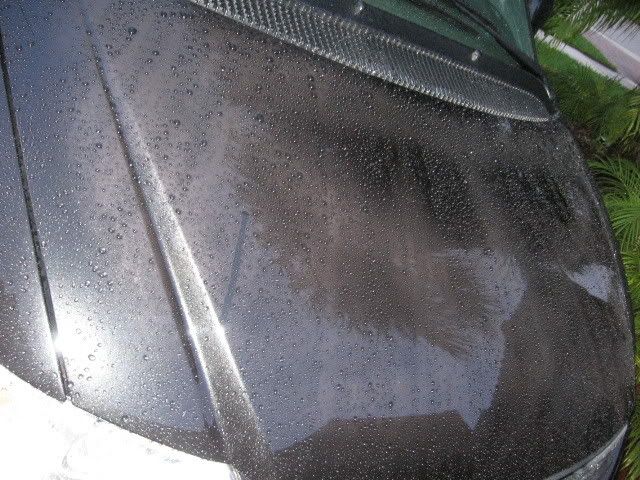I'm going to be doing the full detail on my 911 this weekend. When I last detailed the car, it was new.
I used JW Prime to clean, followed by JW Acrylic Jett, then covered with P21S.
I want to clay this time. SOOOOooo,
After I wash, should I clay, then use JW Prime cleaner, or the other way around? If there is still some Acrylic Jett on the car, won't the clay bar not actually clean the paint? It'll be cleaning the acrylic coating, right?
Then again, I don't think I just use an orbiter with JW Prime if I haven't yet gotten the dirt out of the paint yet, since I may scratch things.
Thoughts?
I used JW Prime to clean, followed by JW Acrylic Jett, then covered with P21S.
I want to clay this time. SOOOOooo,
After I wash, should I clay, then use JW Prime cleaner, or the other way around? If there is still some Acrylic Jett on the car, won't the clay bar not actually clean the paint? It'll be cleaning the acrylic coating, right?
Then again, I don't think I just use an orbiter with JW Prime if I haven't yet gotten the dirt out of the paint yet, since I may scratch things.
Thoughts?



